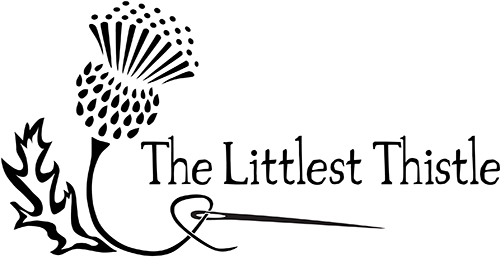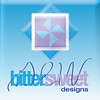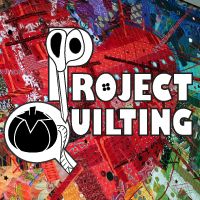Reading A Knitting Pattern
Have you ever tried to read a pattern for knitting and it was a grid with a bunch of funny shapes in them? Every time I try to do that I end up having to start and restart my project about 50 times because I cannot get it right.
Which direction do you read? Right to left or left to right?
What do all the little shapes/symbols mean?
At first it all looked like gibberish to me, but hopefully after almost 8 years of knitting I have learned enough to break it down for you.
Here is a free pattern I found on the web, click on the image to go to my original source:
 If I saw this square 8 years ago I probably would have dropped my needles and gone running for a different pattern. Now, however, I have figured out just how to read/interpret all those squiggles.
If I saw this square 8 years ago I probably would have dropped my needles and gone running for a different pattern. Now, however, I have figured out just how to read/interpret all those squiggles.
Starting out it is important to note that when reading a chart you read it RIGHT TO LEFT. The vast majority of us knit right to left so that is how we read our patterns.
The second thing to note is the key at the bottom, it is telling you what the squiggles mean and if someone thought to put it there, they probably thought it was important enough for you to read.
Let’s dissect this bad boy:
One: all even rows (this is assuming that you are being a good knitter and using some form of a row counter) are going to be purl rows.
 Two: the squares that have this symbol in them will be knit stitches when working the right side of the fabric.
Two: the squares that have this symbol in them will be knit stitches when working the right side of the fabric.
Thr ee: the squares that have this symbol in them will be worked purlwise when working the front side of the fabric.
ee: the squares that have this symbol in them will be worked purlwise when working the front side of the fabric.
Four:  When you see this symbol you need to make a yarn over…yes you are going to purposefully make a hole in your fabric. Don’t worry, in the end it will all look very pretty 🙂
When you see this symbol you need to make a yarn over…yes you are going to purposefully make a hole in your fabric. Don’t worry, in the end it will all look very pretty 🙂
Five:  This symbol indicates that you are going to knit two stitches together, notice that every time you do a yarn over stitch it is followed with a knit two together, if you are following the pattern correctly you will end up with the same number of stitches at the end of the row that you started out with at the beginning of the row.
This symbol indicates that you are going to knit two stitches together, notice that every time you do a yarn over stitch it is followed with a knit two together, if you are following the pattern correctly you will end up with the same number of stitches at the end of the row that you started out with at the beginning of the row.
The same reading techniques can be applied to any type of knitting pattern with a chart or grid, which are especially common in cabling patterns. I hope this little tip helps you tackle a pattern you have always wanted to try but didn’t have the tools in your toolkit to attempt it. Good luck!









